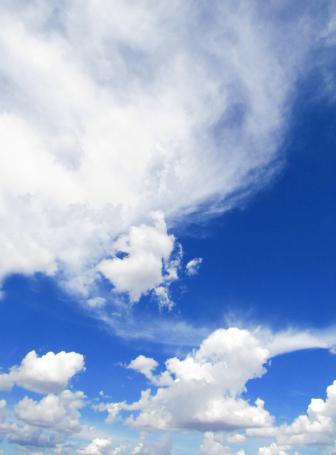Article
Audrey Heijns on translation

May 29, 2013
But is it necessary to recognize and interpret all these images?
An example from the poem ‘Minibus 9’ by Liu Waitong is “蒼狗、浮雲……” ‘grey dog, drifting clouds…’ (stanza 4, line 2). Chinese dictionaries give either the meaning for the four-character proverb derived from a poem by famous Tang-poet Du Fu (712-770 CE), or a direct reference to the Du Fu poem. The idea that clouds rapidly change shape (for instance into dogs) stands for sudden, unpredictable changes in human affairs. Here in ‘Minibus 9’, it seems to me that it reflects the vicissitudes in Beijing.
Though I think there is nothing wrong with reading the words as they are, there is indeed another dimension to the poem that is revealed by relating it back to Du Fu and reading a reflection of change in society in it. But do we really need it to appreciate the poem? I wonder.
Perhaps searching too much behind the words makes one paranoid of missing something else? What if there are more dogs hiding somewhere?
Chinese-Dutch translator Audrey Heijns talks about clouds, dogs, and appreciating Chinese poetry.
Since ancient times poets in China have used allusions and symbols that may not be so obvious at first sight. This phenomenon was common in classical poetry but can still be found in modern poetry.But is it necessary to recognize and interpret all these images?
An example from the poem ‘Minibus 9’ by Liu Waitong is “蒼狗、浮雲……” ‘grey dog, drifting clouds…’ (stanza 4, line 2). Chinese dictionaries give either the meaning for the four-character proverb derived from a poem by famous Tang-poet Du Fu (712-770 CE), or a direct reference to the Du Fu poem. The idea that clouds rapidly change shape (for instance into dogs) stands for sudden, unpredictable changes in human affairs. Here in ‘Minibus 9’, it seems to me that it reflects the vicissitudes in Beijing.
Though I think there is nothing wrong with reading the words as they are, there is indeed another dimension to the poem that is revealed by relating it back to Du Fu and reading a reflection of change in society in it. But do we really need it to appreciate the poem? I wonder.
Perhaps searching too much behind the words makes one paranoid of missing something else? What if there are more dogs hiding somewhere?
© Audrey Heijns
Sponsors












Partners
LantarenVenster – Verhalenhuis Belvédère

